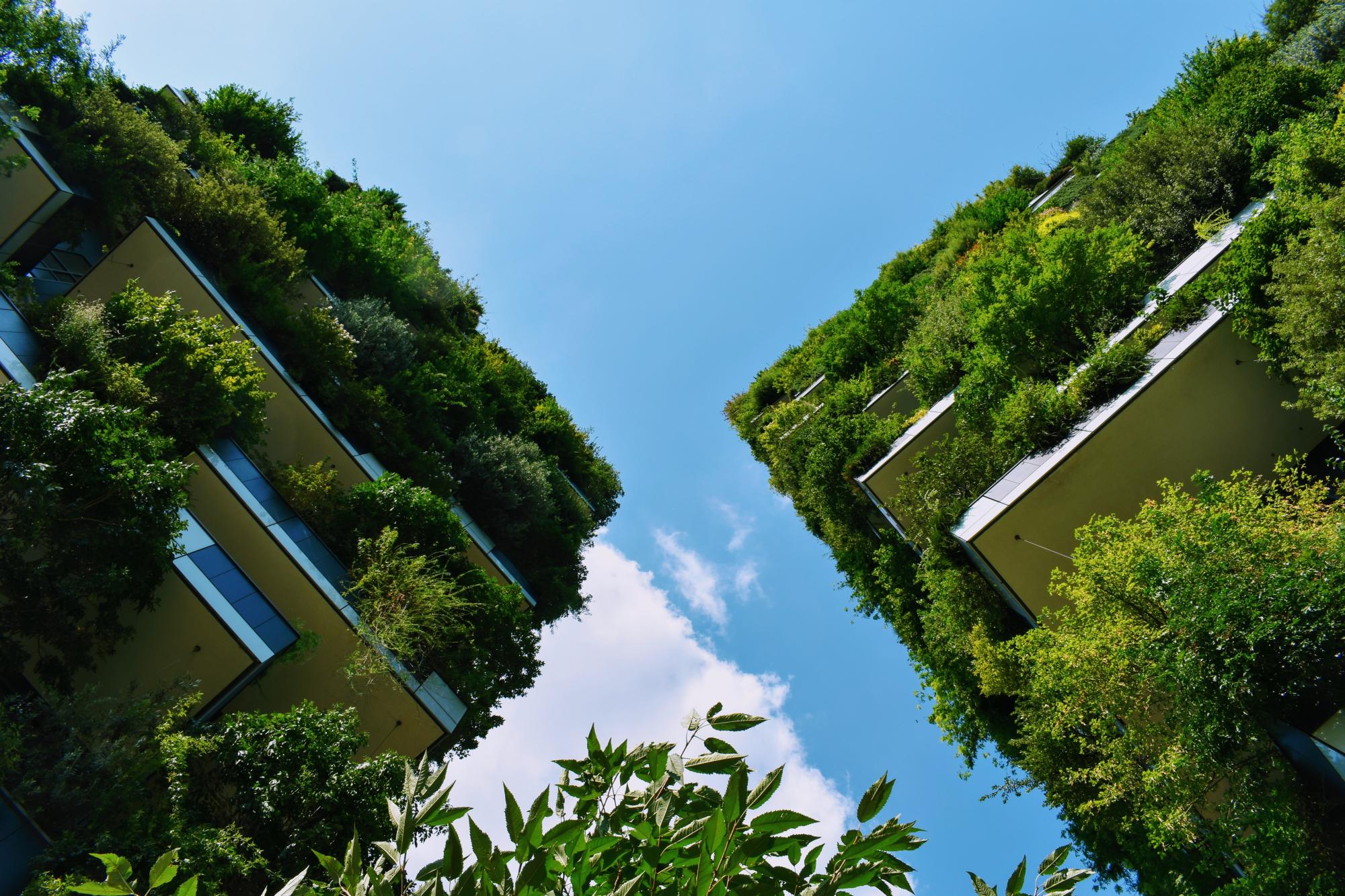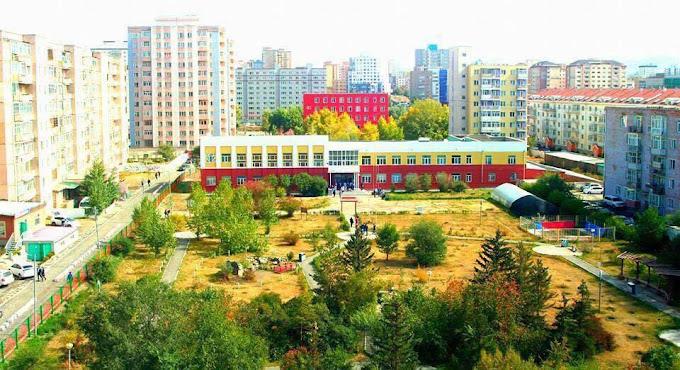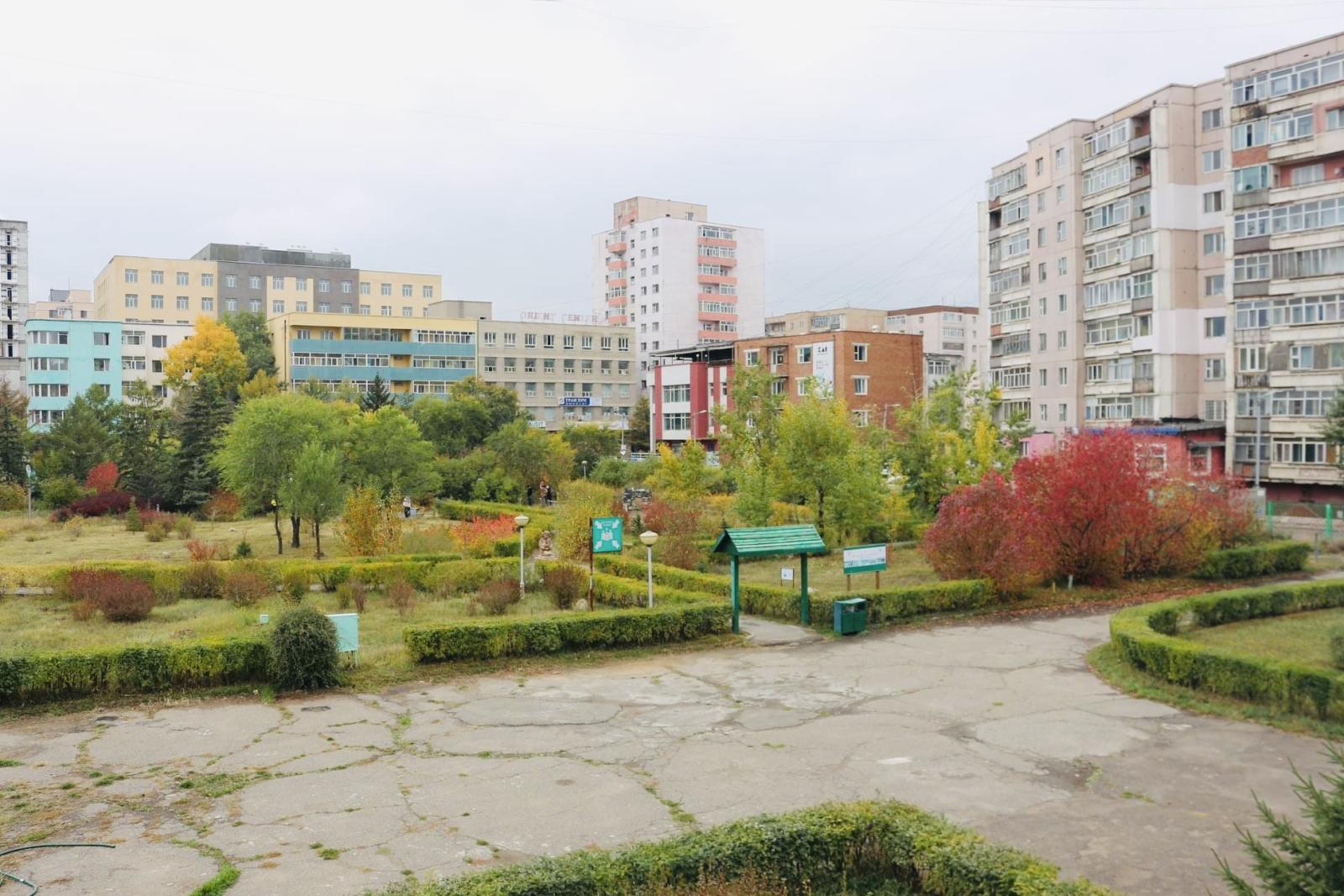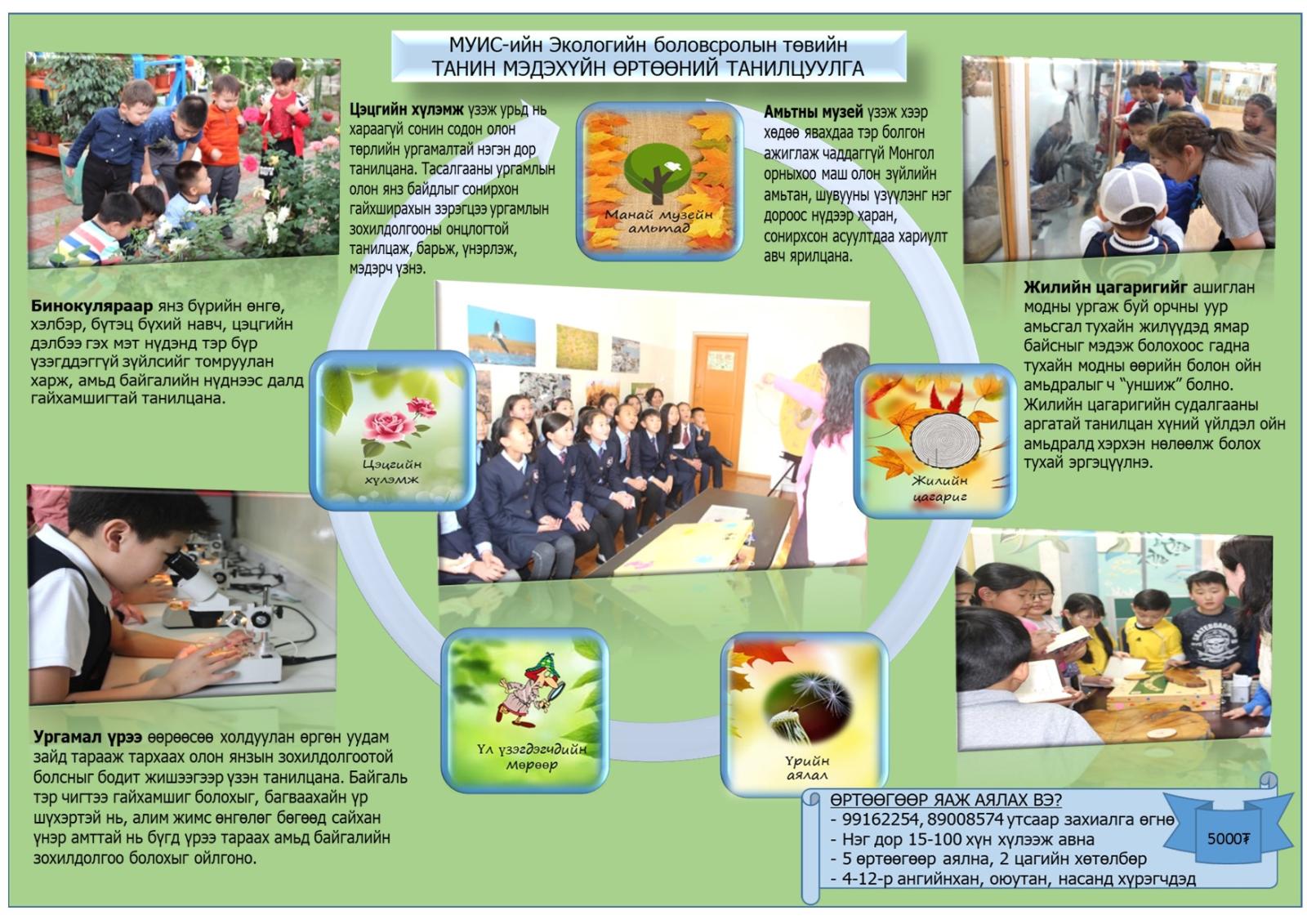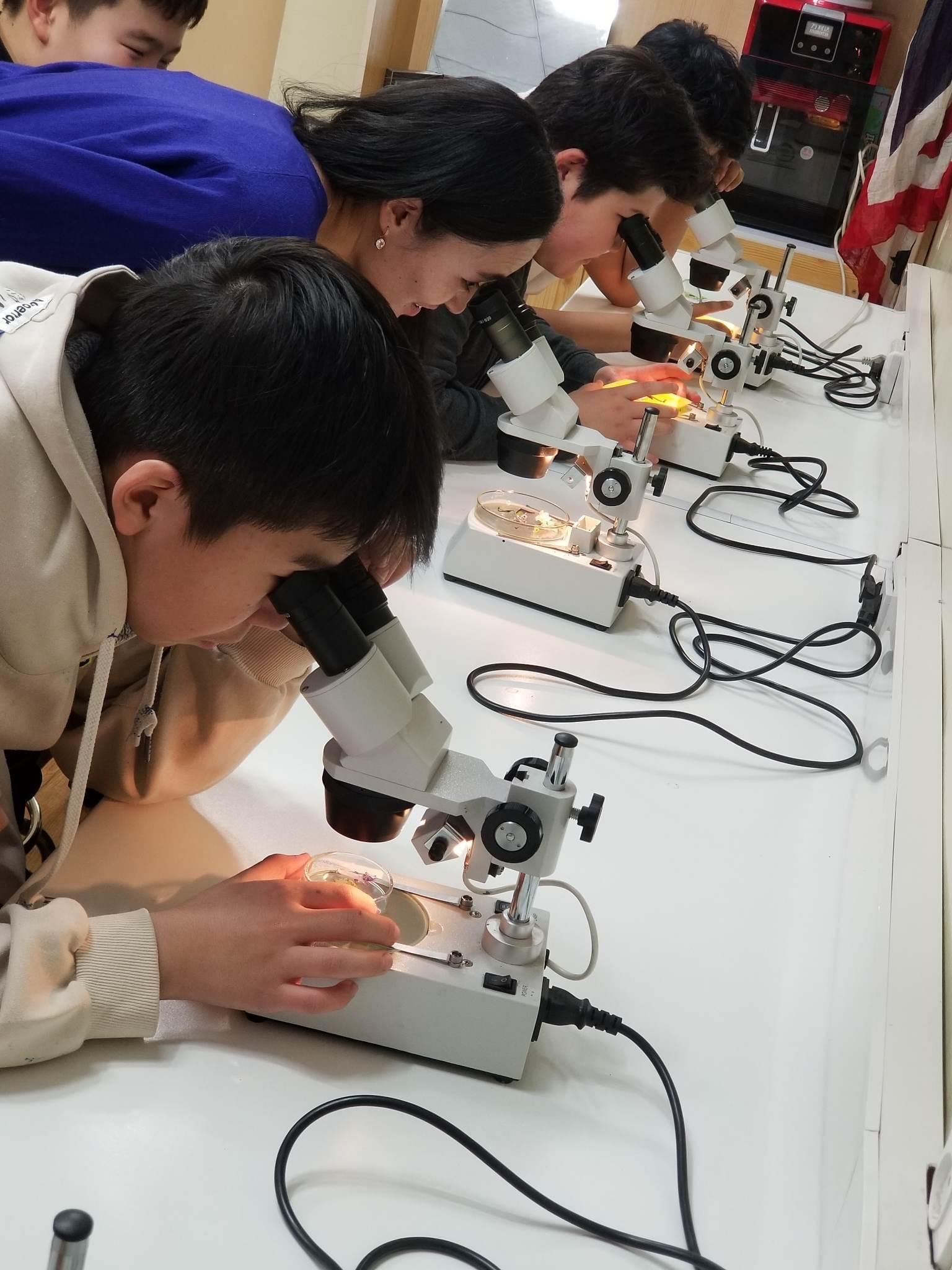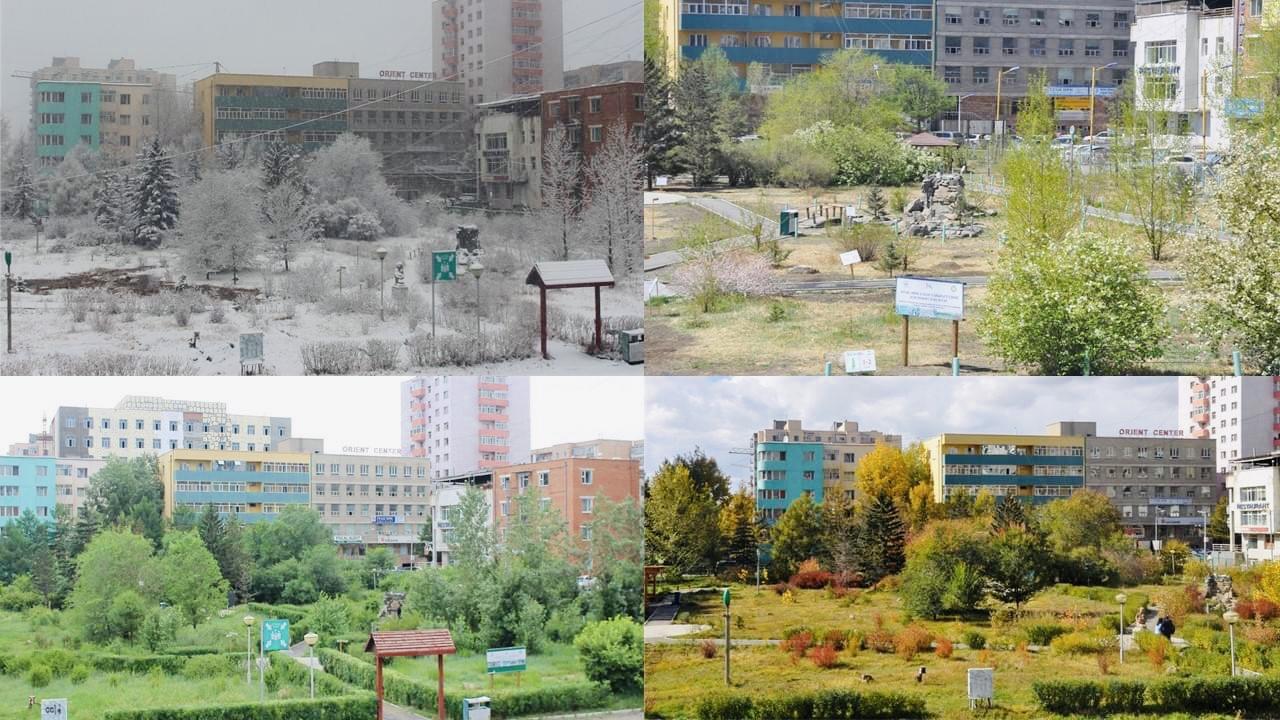The Ecological Education Center (EEC) is a nationally recognized institution committed to promoting awareness and sustainability through its environmental education programs in Mongolia. As the only organization in the country dedicated to providing such programs, the EEC operates under the National University of Mongolia (NUM) and was founded in 1957 as the "Central Station of Young Naturalists". With over 60 years of experience in environmental education, the EEC offers its programs not only to NUM students but also to children of varying ages. Since 2011, the center has developed and introduced various cognitive-based environmental training programs, providing visitors with interactive learning opportunities that takes them through different learning stations. The EEC has several facilities to support the learning experience, including a nature experience garden, a greenhouse, and a small zoological museum. The nature experience garden is continuously enriched with new tree species each year, and as a result, it is now home to over 3500 trees and bushes of 30 different species. In addition to its educational programs, the EEC also provides advice on gardening and plant care to further promote environmental sustainability. (Ref. 1, 2, 3)
Overview
Nature-based solution
- Grey infrastructure featuring greens
- Green playgrounds and school grounds
- Parks and urban forests
- Botanical gardens
Key challenges
- Green space, habitats and biodiversity (SDG 15)
- Green space creation and/or management
- Health and well-being (SDG 3)
- Improving mental health
- Creation of opportunities for recreation
- Social justice, cohesion and equity (SDG 10)
- Social interaction
- Environmental education
Focus
Project objectives
Implementation activities
Main beneficiaries
- Researchers/University
- Citizens or community groups
- Young people and children
Governance
Management set-up
- Led by non-government actors
Type of initiating organisation
- National government
- Researchers/university
Participatory approaches/ community involvement
- Taskforce groups
- Joint implementation (e.g. tree planting)
Details on the roles of the organisations involved in the project
Project implemented in response to ...
Financing
Total cost
Source(s) of funding
- Multilateral funds/international funding
- Other funding sources are unclear
Type of funding
- Direct funding (grants, subsidies, or self-financed projects by private entities)
- Other funding types are unknown
Non-financial contribution
Impacts and Monitoring
Environmental impacts
- Green space and habitat
- Increased green space area
- Increased number of species present
Economic impacts
- Increase of green jobs (e.g. paid employment positions)
Socio-cultural impacts
- Social justice and cohesion
- Improved access to urban green space
- Health and wellbeing
- Gain in activities for recreation and exercise
- Cultural heritage and sense of place
- Improvement in people’s connection to nature
- Increased appreciation for natural spaces
- Education
- Increased support for education and scientific research
- Increased knowledge of locals about local nature
Type of reported impacts
Presence of formal monitoring system
Presence of indicators used in reporting
Presence of monitoring/ evaluation reports
Availability of a web-based monitoring tool
References
2. "Timeline. From the Central Station of Young Naturalists to the Ecological Education Center" memoir book, (2017), Book provided by the specialist of this center, Ulaanbaatar.
3. "Ecological Educational Center of NUM" official website, available at Source link (Accessed on 19/03/2023)
4. "Ecological Educational Center of NUM" official facebook page, available at Source link (Accessed on 19/03/2023)
5. Eguur online news website, (28/04/2022), "DAILY REPORT: Students went on a trip to the green facilities that work even in winter", available at Source link (Accessed on 29/03/2023)
6. Montsame online news website, (13/11/2014), ""Ecological Education Center" was introduced as a model to state-owned secondary schools in the capital", available at Source link (Accessed on 29/03/2023)
7. NUM official website, (20/10/2022), "The project "Youth: Environment and Law" was implemented and 5,000 children were given ecological and environmental legal education", available at Source link (Accessed on 29/03/2023)
8. EECNUM official Youtube channel, (14/01/2014), Introduction video, available at Source link (Accessed on 25/03/2023)
